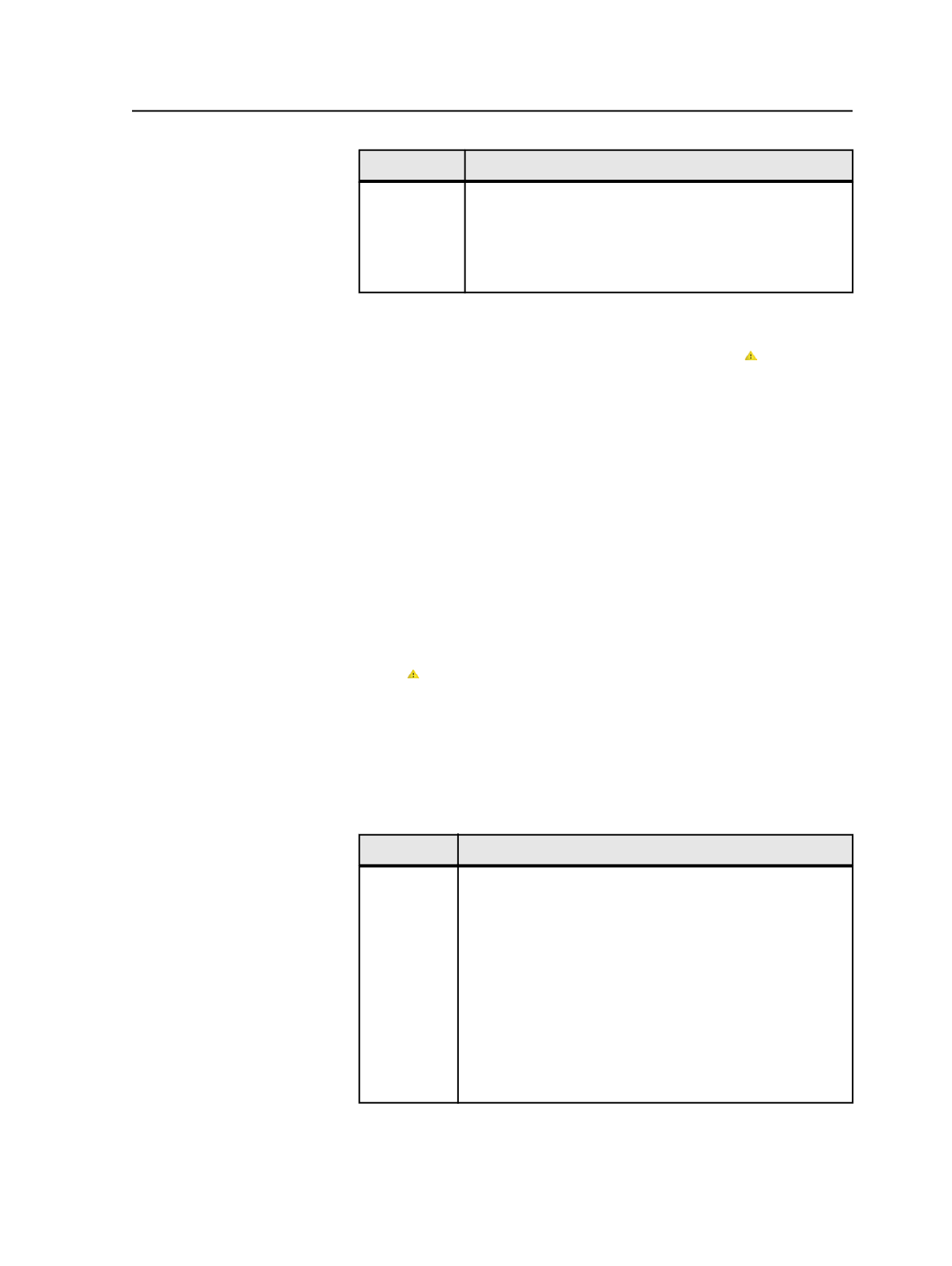
To
Do This
Edit an
existing color
a. Click
Edit
.
b. When prompted, click either
Edit Color Recipe Globally
to edit add a copy of the color definition to a global user
library, or
Edit Color Recipe For This Job Only
to add a
copy of the color definition to a job-specific user library.
6. In the Color Editor, set the options for the selected color, and click
OK
.
If you added a color, the icon next to it changes from to a colored
square. If you changed a color, the description in the
Color
Information
area changes.
Adding or changing color definitions while generating loose proofs
1. Start a loose page output process.
2. In the Start Process dialog box, click
Color Mapping
.
3. In the Color Output dialog box, identify whether the colors are
defined in the color database.
●
A colored square indicates a color is defined. If the color is in a
user library, you can change its definition. If the color is in a
factory library, you can make a copy of it in a user library and
change the copy.
●
An icon indicates a color that is not defined in any of the
factory color libraries or in the user libraries selected in the
Color Libraries
area of the
Spot Color Handling
section of the
refine process template that you are using.
Tip: You can also select the color and read its description in the
Color
Information
area.
4. In the
Page Color
column, perform any of the following actions:
To
Do This
Add a new
color
a. Click a color that is not defined.
b. Click
Add
.
c. In the Select a Color Library dialog box, in the
Add the
color recipe <color> to the library
list, select a library.
The libraries available in the list are the user libraries
selected in the
Color Libraries
area of the
ColorConvert
section of the process template that you are using.
d. Select either
Global
or
Job <job name>
to determine
whether the color is available to all jobs or only to the
current job.
e. Click
OK
.
Adding or changing color definitions while generating loose proofs
787


